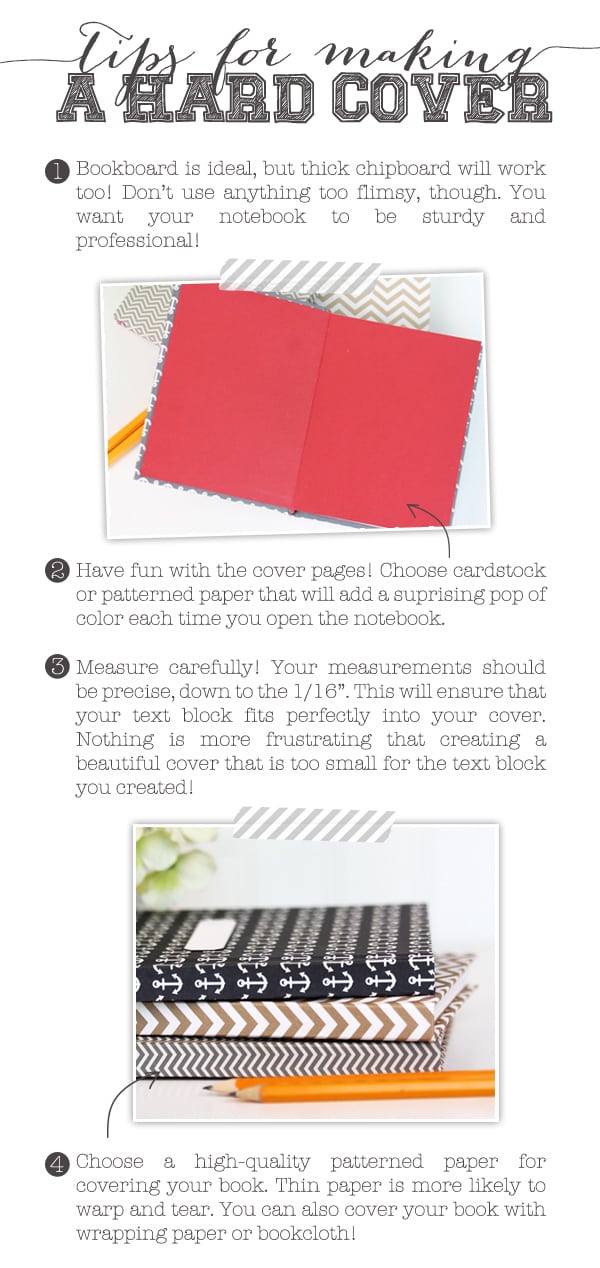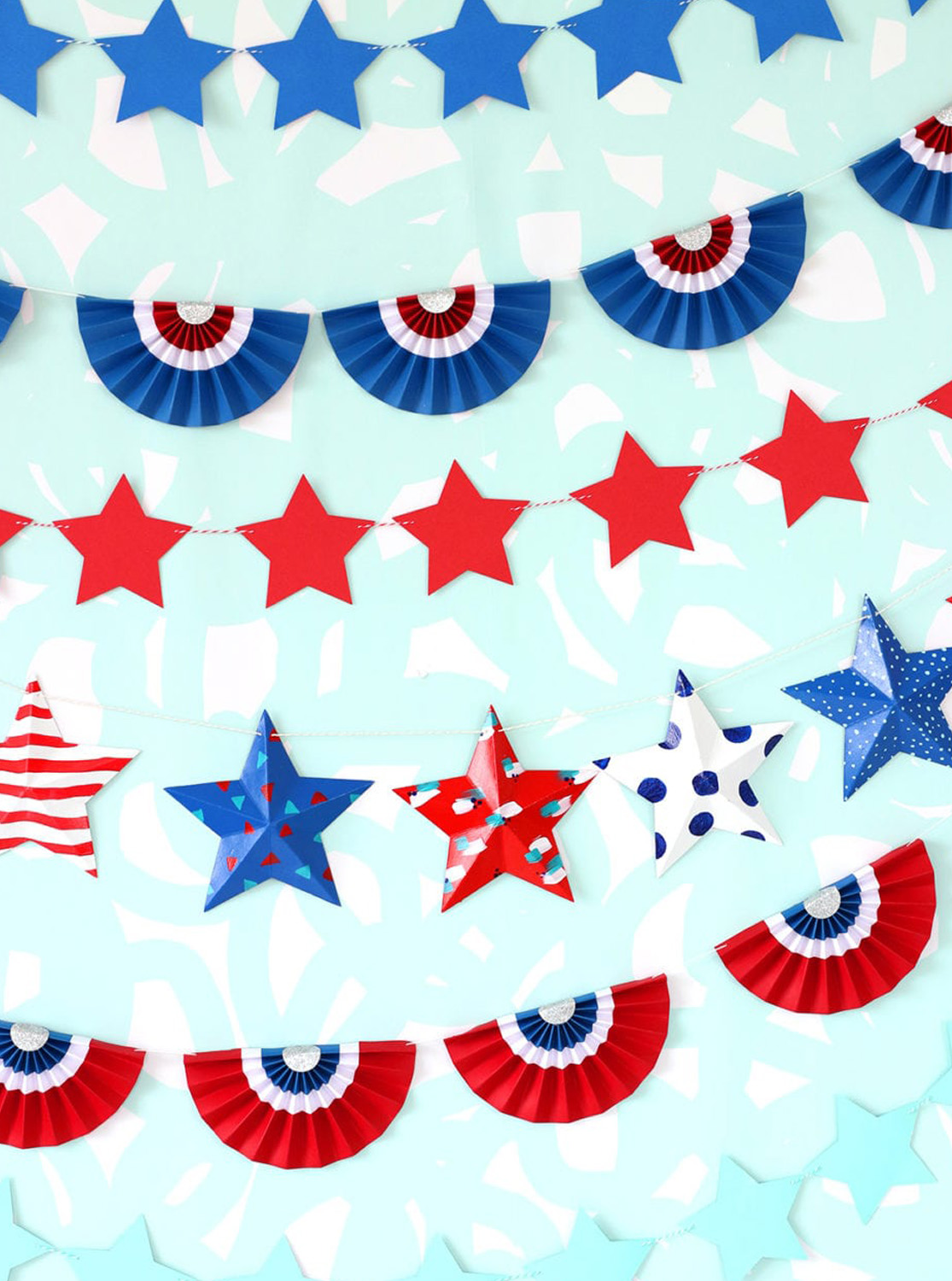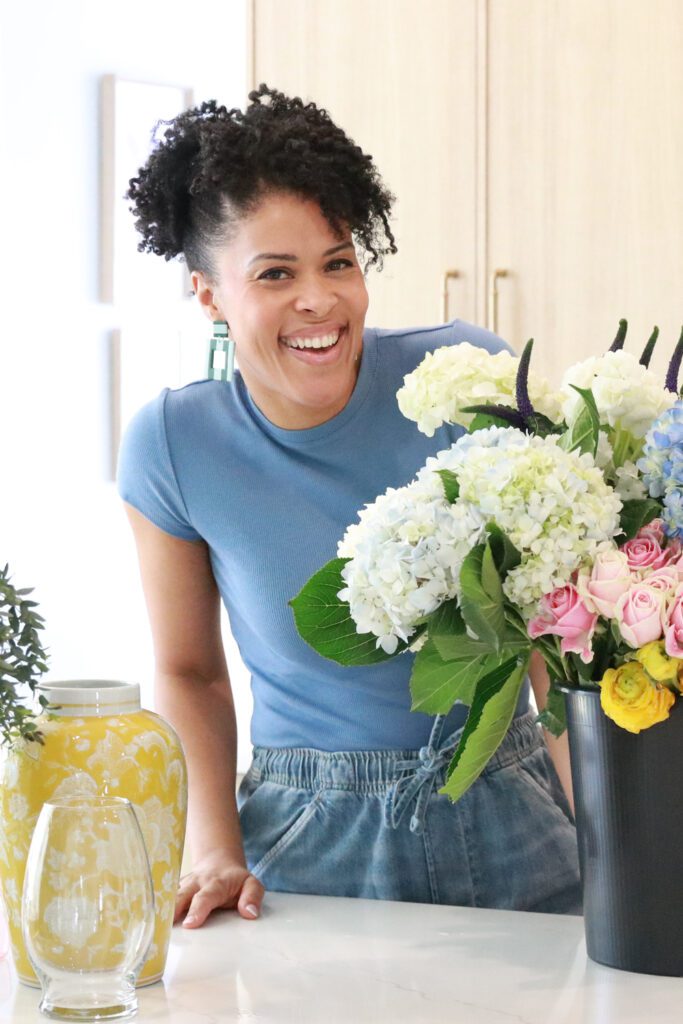Bookbinding University is in full swing! If you missed the last lesson on “How to Make a Text Block,” you’d better study up because today we’re moving on to the fun part! Today we’re making the covers for our text blocks and this is where you get to tap your creativity and personalize your notebook.
If you are like me, you have a stash of 12 x 12 patterned paper that would make Hobby Lobby jealous. Well, today’s tutorial will have you searching through your collection for the perfect “statement” pattern for your notebook. Let’s get started.
[ninja_form id=6]
[ylwm_vimeo height=”400″ width=”600″ ]72395629[/ylwm_vimeo]
MORE BOOKBINDING TUTORIALS
How to Make a Text Block | How to Make a Hardcover | How to Make a Composition Style Notebook | How to Make Your Own Bookcloth | How to Make Elastic Closures & Headbands | Perfect Binding












What a terrific resource for this classic form of paper crafting! Well done, Amber.
Hi Amber! Love the finishing touch of the label on the notebook. I definitely have plenty of patterned paper to choose a lovely cover for these text blocks. I might be getting ahead of the syllabus but I wanted to know how to make the spine pieces of the notebook. I think I would measure the thickness of the text block and cut a piece of cardstock the same size. This way, I could fold over and glue a quarter of an inch of the cardstock to give it that curled edge. Thanks for all you do! The finished notebooks look amazing. <3 BU!
Blimey! that’s really amazing. I’ve checked your video and I right now I just want to make notebooks! I love notebooks, I never have enough.
Cheers.
You spoil us! Another great video. Thanks.
This is so great! Tonight I’ll take an hour of time just for myself and I’ll watch all the videos and everything you’ve prepared in this class. And enjoy myself. It looks so tempting and easy, I hope I will be able to create a handmade gardener’s diary for my mom after this series.
Thank you for the inspiration and knowledge you’ve been sharing, I like it a lot.
You are truly amazing!
HOw cool, and they look terrific – love added label 🙂
I LOVE your tutorials for book-binding! No other tutorial, website, book, etc., has ever made this process clearer and easier to understand. Thank you so much for sharing! 😀
Thanks so much! That is such a huge compliment! I’m far from an expert, but I’m glad you are finding the tutorials helpful!
Oh my gosh, I am beyond excited to try this. I love notebooks and even have a collection of them. I was looking into a bookbinding course at TAFE but I now think that with practice and help from your clear tutorials I will be able to do it on my own. Can’t believe my luck that I found your blog and I have started following you on bloglovin’ so I don’t miss any of your great tutorials.
This is a wonderfully clear tutorial. Thank you so much for creating this. I want to make my own sketchbooks so I’ll be using this!
I am working on a gift to a friend, and this is EXACTLY what I needed! Thank you so, so much!
Elizabeth
I am currently in the midst of self publishing my novel and I am using your tutorial to help me with the binding of the books. All of your directions are easy to follow and well explained; I even purchased the same magnetic mat from Joanns! However, I am having trouble finding chipboard. Michaels chipboard was too thin, and I was wondering what thickness of chipboard you use. The thickest I have been able to find is 50pt.
IF you want the paper to be sturdier and semi water proof/resistant, is it okay to use a paper sealant?
I would say that is fine. There are a number of products that can be used for that.
If my book is too big for a 12×12 piece of paper, is there another way that I can still use paper instead of fabric for a hard cover with a spine?
Thanks!
Sure! Why not use wrapping paper? Paper Source sells beautiful wrapping paper by the sheet and it would work wonderfully as a cover for your hard bound book.
My text block was just a regular 8-1/2 by 11 folded in half and it was too big for one sheet of paper, but I used clear packing tape (on the non-patterned side) to tape two pieces of paper together. You can’t even tell that it’s two pieces if you get them lined up well. But this really only works if the pattern is repeating.
How do I find the paper you used for the covers? Is it just called patterned paper or is it cardstock or something? Your help would be much appreciated. Thanks in advance.
I’m pretty sure it’s scrapbook paper. They have it in most craft stores and of course online.
I followed these tutorials and I absolutely LOVE the result. There’s nothing like the feeling of creating a beautiful book from scratch. It looks so professional. Thank you so much for these tutorials!
Could you use interfacing in place of the adhesive?
Hmmm – great question. I’m not sure if interfacing would work since I’m not sure how it would adhere to the bookboard. The double sided iron on adhesive and tissue paper creates a nice paper like barrier that takes well to the glue and is easy to bend and fold around the bookboard
For the bookcloth
PHEW! Great tutorial, but I tend to screw up things on my first try 🙂 ! Luckily, though, it still worked out. The only question I have is that I did use a utility knife, but my cuts were not nearly as smooth as yours, they were rough and uneven. I think the issue might be that I used illustrational board b/c it was cheaper, but it’s so strong! Anyway, thanks so much. It was a lot of fun!
Is it ok to use a 150 GSM paper sheet for Case Binding instead of Cloth or PU? While testing 150 to 160 GSM sheets I see some bending issues around spine and the hinge. Would lamination work or maybe paper creasing? Too confused if Hard Cover Binding can actually use Paper as cover or just fabric?
Submitted on Dec 23, 2015 from Mark Steve.
What if I had board that I want to fit paper to? How do I measure?
I loved the tutorial and I had a good outcome… mostly. I was making a 7.5×9.75″ text block so I couldn’t use cardstock or scrapbook paper (too big). I ended up using wrapping paper. It looked good but dried poorly. I had paper underneath the wrapping paper as it dried to the chipboard and heavy books on top and it still wrinkled quite badly (so I just added card stock to the front and back to cover the crinkly paper).
I have a wide format printer so I think next time I will print a pretty design on poster board (bristol board) and see how that works. It might be too thick though, so I guess I need some 11×17 cardstock (or heavy paper).
I found out from another blog that you can use spray glue to keep the cover paper to the chipboard/bookboard and save your paper from wrinkling. Another source for large size bookbinding covers is material. When making a book for a child I sprayed the cover with Krylon preserve it. Also I am thinking for larger books you can use two sheets of scrapbooking paper with the spine in a coordinating pattern. It may be difficult to get the papers straight.
thanks for this ma”am 🙂 just exactly what i am looking for
Absolutely LOVE your website, love your videos and tutorials, thanks for sharing!
THANK YOU SO MUCH for this tutorial!!!!! I made a book for my fiance as a wedding gift and I’m so excited because it’s personalized to him and even more special because I made it. This was the greatest step by step and I thank you for taking the time to make it!
🙂
omg I’m very love it. Thank you for sharing?
Hi blogger, i must say you have high quality articles here.
Your website should go viral. You need initial traffic boost only.
How to get it? Search for: Mertiso’s tips go viral
Your tutorials for book binding are just great—so easy to understand & using inexpensive supplies. Thanks so much!
your blog is very useful for knowledge and practical work
Hey, do you think mod podge would work instead of that pva adhesive?
Hey! I loved this tutorial but it isn’t showing up anymore. 🙁 Is there any way you could re-upload it?
Hi, how can i make a hardcover plasticy? I am making a kids book and I want that strong water resistant hard cover. what material is that? and how can i do perfect binding with it? thank you in advance.
It’s great that you talked about how to make a hardcover book. Recently, my wife started to work on do-it-yourself projects. She loved the idea of making her own books, notebooks, and binders, so I’ll be sure to share this article with my wife. Thanks for the tips on keeping an eye open for the measuring part of your textbook.
If people have a demand for such things, then these guides are actually very interesting, sensible and useful. It was curious for me to read, but I have little free time, I don’t even always have time to do written assignments in college, since I work. For all students, and especially diligent students, I also recommend a useful resource https://papersowl.com/examples/thomas-jefferson/ where you can study a large selection of informative materials about President Thomas Jefferson, which historians and the best writers in this field have prepared for you, this services are used by students from all over the world, try it and you.